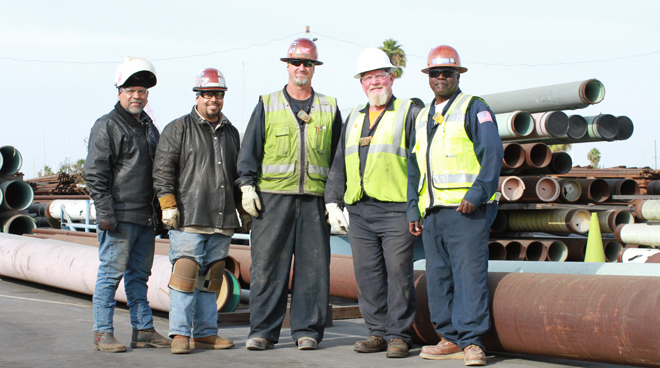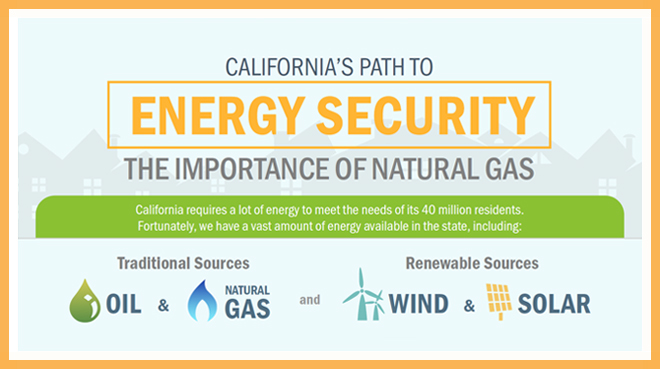Flying High with Drone Technology
If you’ve ever had the chance to go on a helicopter ride, you’ll know the thrill of being 1,500+ feet in the air with a bird’s eye view of the landscape and places that you simply can’t see well from ground level. And, there is no doubt that this feeling must be what it’s like to be a drone.
Drones, officially called an Unmanned Aircraft System or a “UAS,” came onto the scene a few years ago rather quickly. You can purchase a drone online or in a store for as low as $49.99 or spend thousands of dollars for sophisticated capabilities ranging from cameras to high definition live video.
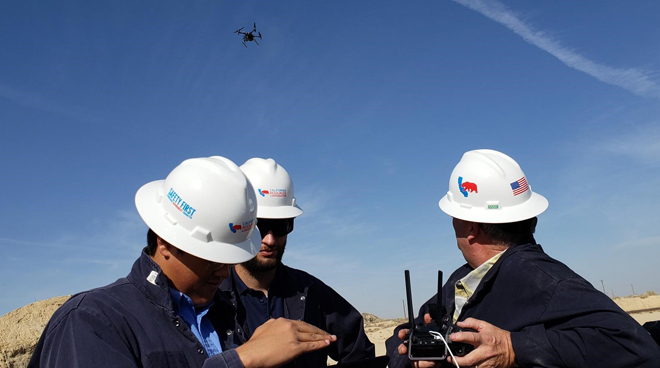
Drones are used every day for a multitude of purposes, from military surveillance and disaster relief, to filmmaking and recreational use. In fact, by 2025, commercial drone revenue is expected to grow 1,981%. Oil and natural gas companies around the world have embraced drone technology to enhance safety, gather geological information, expand monitoring capabilities and increase efficiencies across vast and complex operating areas.
This expanded use of drones, as well as improved technology and increased automation, help eliminate many workplace challenges for oil and gas companies. For example, in-person visual inspections to remote areas have been replaced by aerial drones to better enable access to hard-to-reach geographic areas, and even reach equipment to much greater heights and enhance visibility more than ever before. This has made activities like surveying pipeline corridors, radio tower equipment and mapping piping configurations more efficient.
Drone technology is also playing an important role during emergency situations and natural disasters such as wildfires, in addition to playing an invaluable role in improved security, keeping areas safe and secure by utilizing infrared vision.
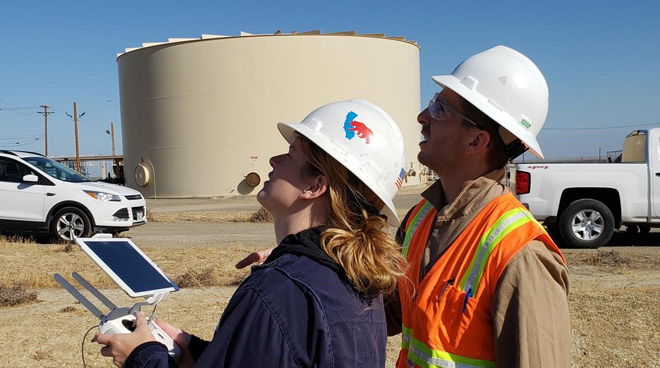
Chris MaKamie, Automation Manager for California Resources Corporation, California’s leading independent oil and natural gas producer, said, “If our operations are potentially faced with an environmental threat, CRC can turn to drone technology to help us inspect equipment and impacted operating locations from the air. Drones aid in our workers’ ability to safely monitor and protect assets while also quickly pinpointing where equipment is located and assessing its condition.”
Using drone technology also results in time and cost savings that is not only great for job efficiency, but also good for business for oil and natural gas companies. Drones allow for more thorough inspections and free up workers’ time to focus on other important job responsibilities. As the energy industry continues to implement more elaborate inspection processes using this technology, any qualified, certified person can now pilot a drone instead of the previous requirement that called for the unit to be operated by a licensed pilot. As a result, more affordable drone technology products with enhanced features are flooding the market, including mapping and image compilation software, real-time heat imaging cameras, GPS navigation, in addition to faster speed and better accuracy.
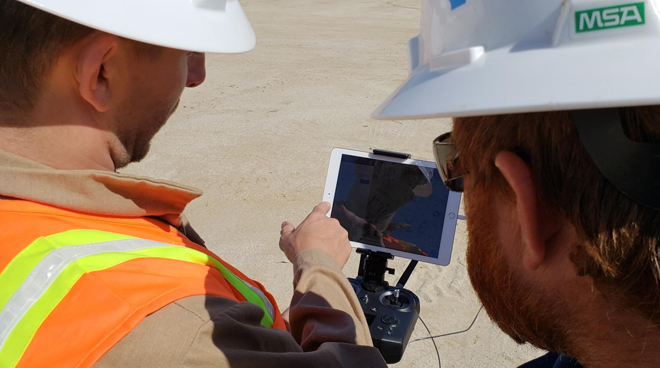
Expect drones to keep flying high as the technology increasingly becomes a more integral part of many industries with a greater impact on improving safety, efficiency and overall effectiveness.
